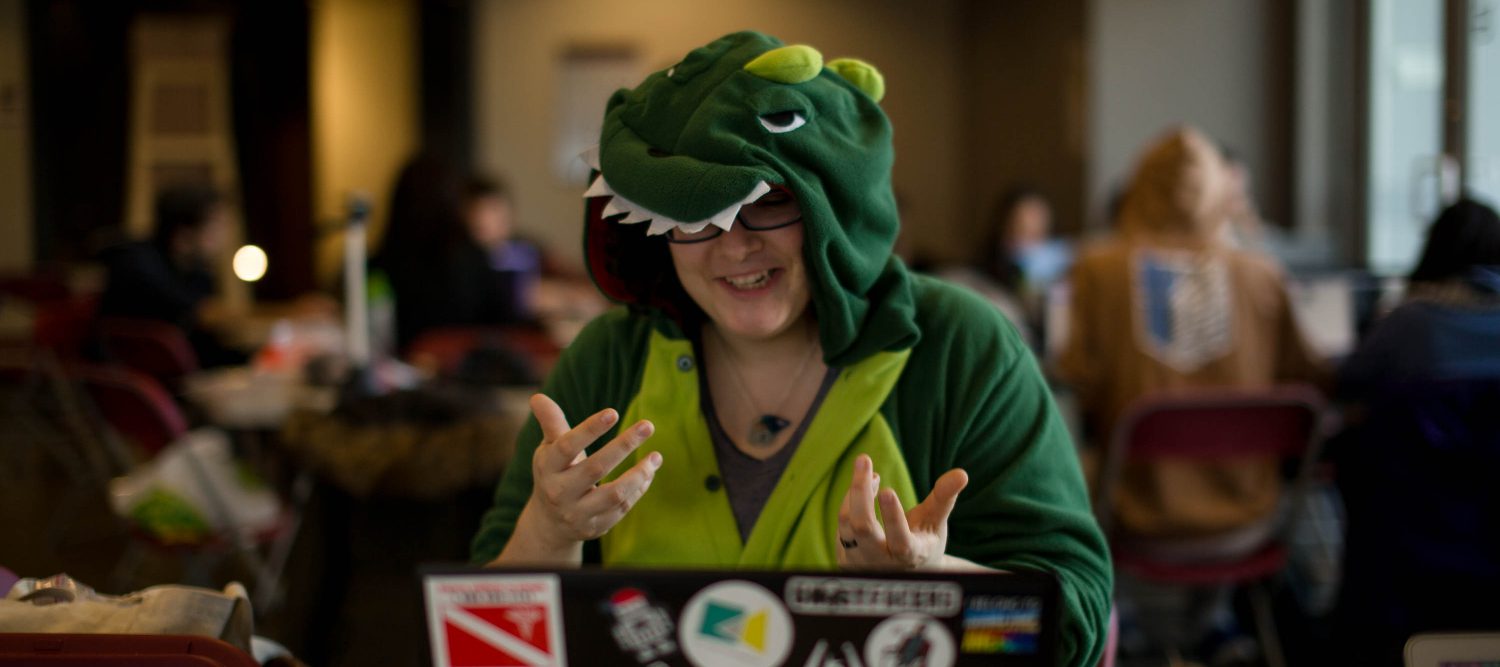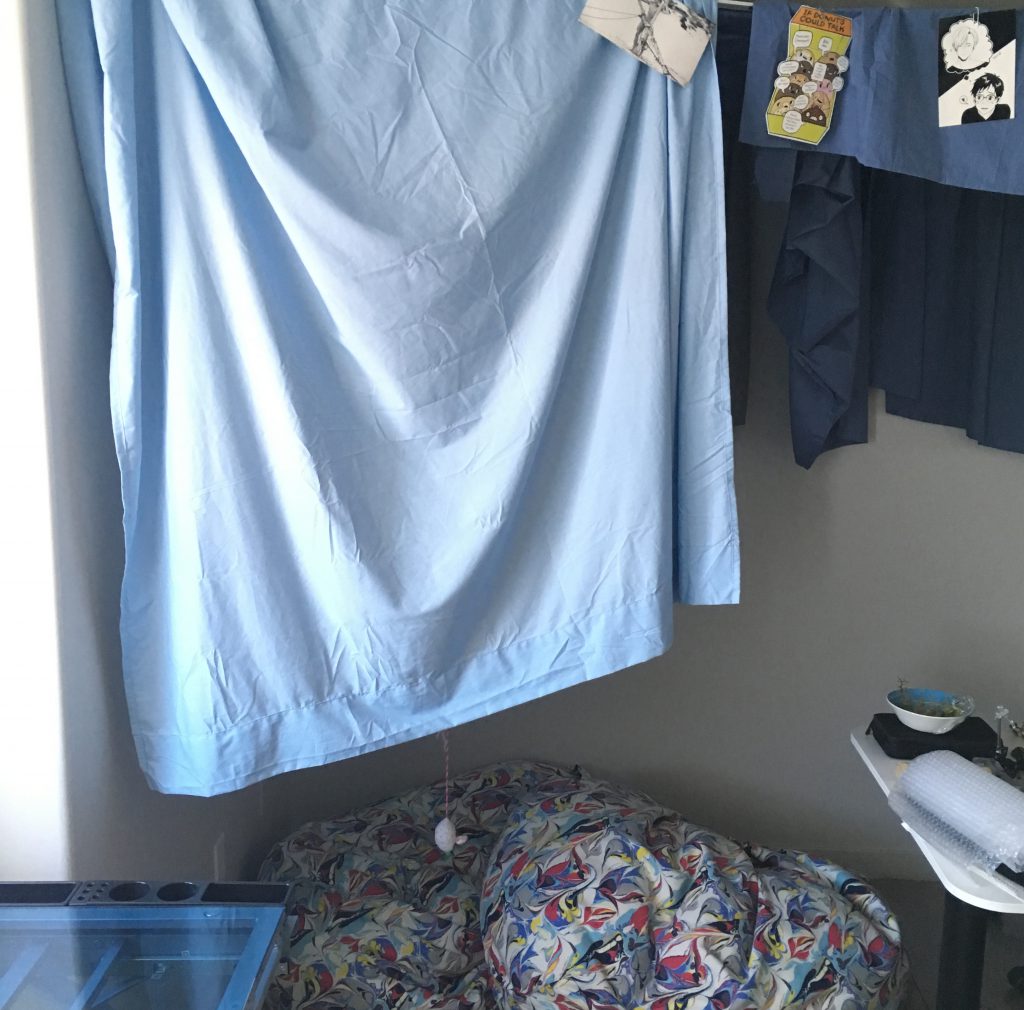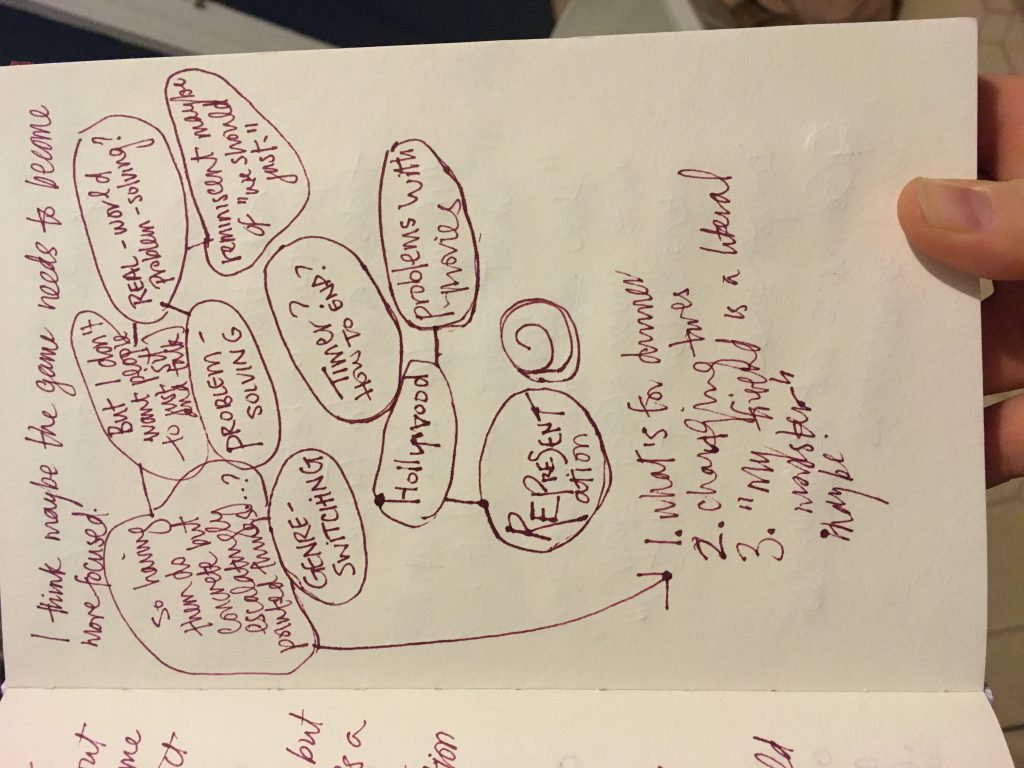Writing here as a record of what my process has been like of late in relation to this first dissertation game. The work is proving hard to get a handle on — for a number of reasons, I think.
So, lately, I’ve been reading about larps and I also just picked up and am about to read Queer Game Studies, edited by Bo Ruberg and Adrienne Shaw. Since what I have been absorbing reading-wise is larp related, it’s perhaps unsurprising that I have had no trouble writing my latest larp once I settled on the topic. I completed a draft in just seven hours, and you can read that draft here: https://jekagames.itch.io/queer-sleepover-witching-hour
I have the materials that I need in order to experiment with making some objects for my latest game, but I am having trouble figuring out what I would like to explore in the game. The truth is, with everything that is going on in my personal life with my spouse’s work, and my difficulties with living in Fort McMurray, not to mention that doctoral programs are not known to be stellar for one’s mental health, I have been having trouble working at the same pace that I am used to. In January, I had to take a break because I was exhibiting burnout symptoms. The break seemed to work well, but I still haven’t been able to return to my former pace of work, and although my symptoms are not nearly as bad as they were, I still am having much more trouble focusing than I am used to. My resilience is not what it used to be. I’m not who I used to be.
Maybe it will all get better if this situation ever resolves itself, but for now, I have to continuously remind myself to be kind to myself and not to rush the work. But I feel guilty not being productive and not making as much as I am used to (even though I’ve released like three games in the first three months of 2018 and have been doing plenty of reading, writing and other work – sheesh).
I’ve been having doubts about this game as a “puppet” game, and with the materials I’ve gathered, I find myself interested in maybe making a game with masks, or costumes. The problem with masks and costumes, I think, is that it is difficult to make something that will be “one size fits all” — because one size doesn’t fit all. Nevertheless, I am considering the affordances of these different possibilities. One theme that is very present for me at the moment is mental health. It’s a bit of a tired metaphor if I work it from the “masks” angle, so I would have to consider carefully what I want to say and how.
The puppets are causing me trouble possibly because of the relationship between puppet and audience, and the kinds of activities that puppets are used for. I want the interaction to be meaningful and supported by the digital components of the game. I find myself thinking of the Bird Game Collective’s “Lovebirds” and how they made use of masks.
Amongst the materials that I have gathered to play with are three micro:bits, twenty-dollar microcontrollers developed by the BBC and brought to my attention by my colleague, Enric Llagostera. They are Bluetooth and radio-communication enabled straight out of the box, which is making me rethink my initial thoughts. I initially thought that the puppets would be easier to make and less likely to break if I had them interact with an environment that was wired up and close circuits using conductive material rather than having them wired up, since I didn’t want to have to deal with strain on the wires and such. While that’s probably true, I think that having interactions embedded in the puppets themselves probably gives me more interesting design possibilities. Maybe I should use a combination of both. I can also certainly find ways to protect the wires and avoid stretching them too badly.
Well, I wish I had some solutions and could get right into the making. I hope that this long, contemplative process will be well-worth it! I won’t stop playing around with ideas, sketching, and trying to make stuff, though.


